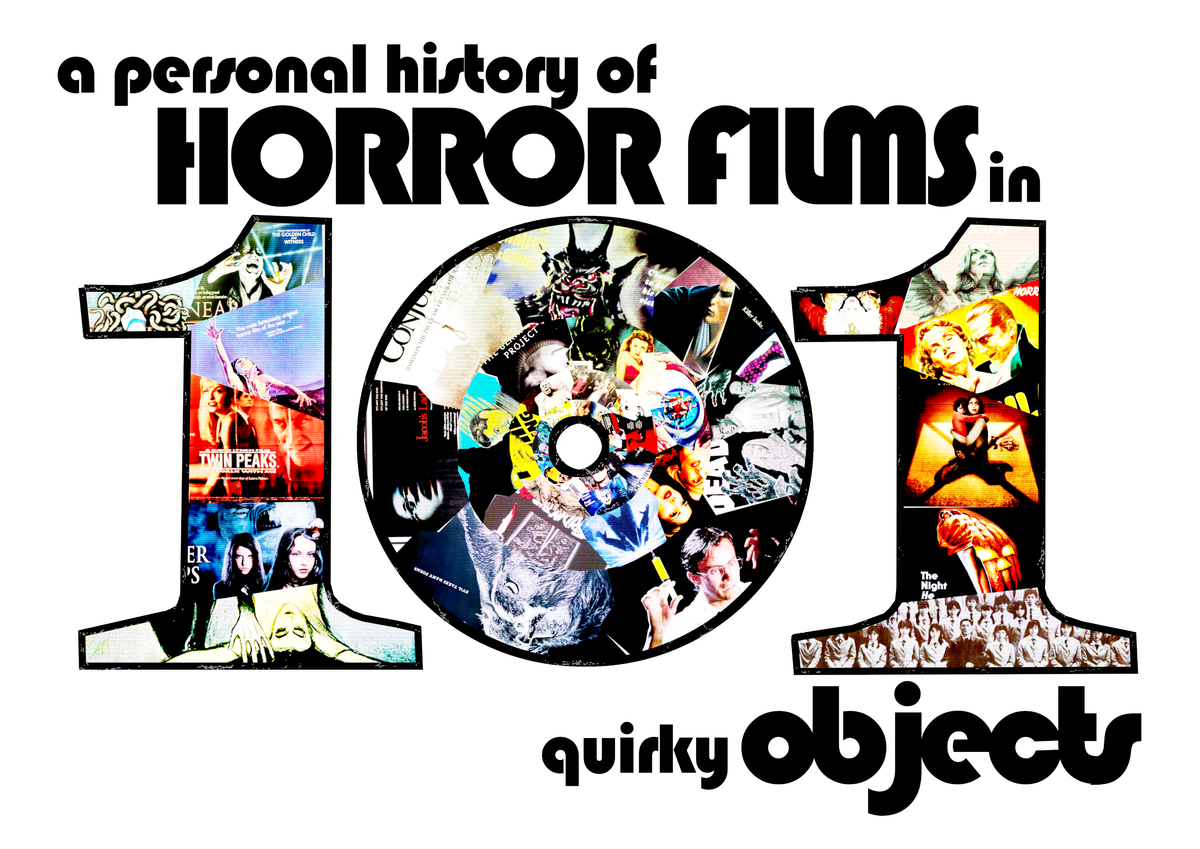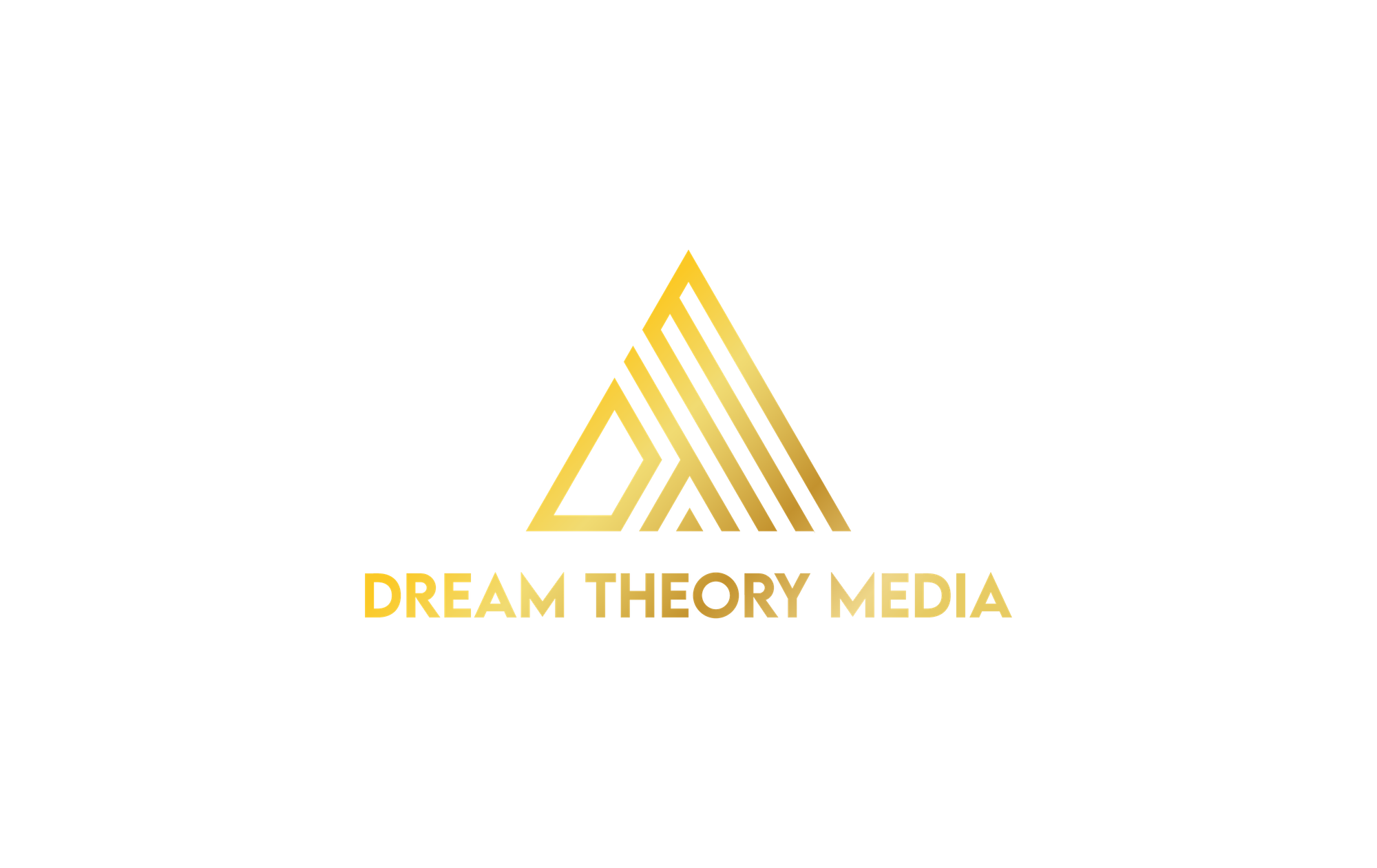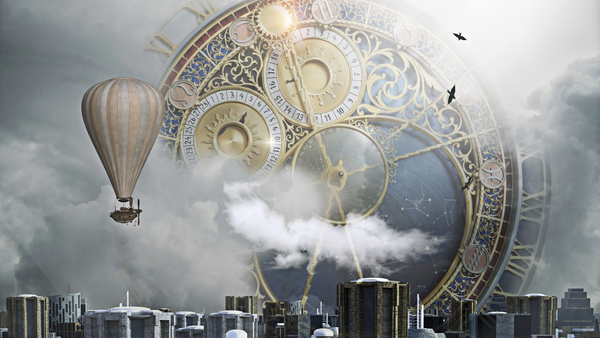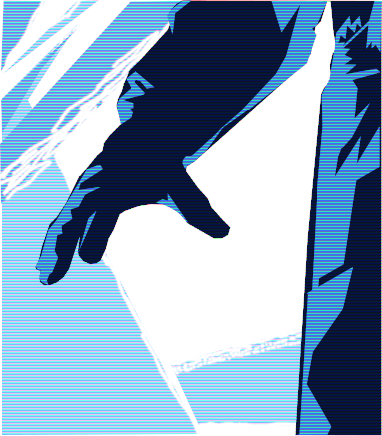A Personal History of Horror Films in 101 Quirky Objects: An Introduction

by Vince Stadon
I once got lost in the British Museum.
I was eleven, so this would have been in 1981. Lots of people get lost in the British Museum—it’s a big building, with over eight million objects, the largest amount of any museum in the world. I found my way down to the lobby and was eventually scooped up by my auntie and cousins (I was staying with them), but it felt like too soon. In truth, I enjoyed being lost in that great house filled to the rafters with the most interesting things in all human history.
I remembered this, my first ever visit, when many decades later I tuned in weekly to a wonderful BBC Radio 4 documentary series called A History of the World in 100 Objects. The show was written and presented by Neil MacGregor, director of the British Museum, and each object was of course on display in that very museum for visitors to admire and discuss. There was an accompanying website which encouraged people to send in suggestions for what objects they would include, given their druthers. I gave some thought to what I might pick, but my history is sketchy, and I tend towards the whimsical, so Neil MacGregor and the British Museum never got to read my silly ideas (I have a vague memory—this was fifteen years ago as I write—of thinking about suggesting Fred Flintstone’s necktie).
All this came to mind when Dream Theory Media kindly approached me and asked if I had an idea for a series of essays that could be posted weekly online and ultimately collected into a published volume. I couldn’t possibly bluff my way through history (I scraped a C in O Level History), but I do have a good knowledge of, and lots of things to say about, horror films. Not exactly the most highbrow subject, granted. But absolutely in my low-brow wheelhouse. And as I mused further on the idea and planned a trip to London to get lost in the British Museum, I became emboldened and excited and even a little giddy. Maybe such a catalogue of objects from horror films was a worthy, possibly even noble, pursuit? Perhaps a weekly series of fun essays on horror films was precisely what the world needed most right now? I could see the Pulitzer judges weeping tears of gratitude as they handed me my prize. I could see the gilt-edged invitation from the Palace for a much-deserved knighthood. I could see statues of me in the British Museum. And then I forgot about it until my publisher prodded me with a stick and told me to get on with it.
This, then, is A Personal History of Horror Films in 101 Quirky Objects. You’ll note that’s not 100 objects: I added an extra one, because I always enjoy packets of biscuits that claim on the packaging to contain an extra biscuit for no extra cost. The title needs a bit of unpacking, so let’s start with history.
This is a big fat lie. A whopper. I’m not presenting a chronology, tracing horror films from the silents, like Nosferatu (1922) to digital Imax Dolby Cinema, like Nosferatu (2024). Instead, I will be choosing movies from across all decades, with no pattern or scheme. My aim is to be surprising and entertaining, so the reader will never know which film is coming next. At the conclusion of the project, the collected essays could be ordered chronologically, but they won’t be. You’d have to do that yourself. You could buy the book and carefully remove every page by using a scalpel and a cutting board, one of those flexible ones that could bend easily as you put it between two pages, and you could get one of those steel-edged rulers so you could make a really neat cut all in one go, leaving a very thin piece of the page extant in the book. Then once you had cut them all out, you’d have to photocopy all the entries on the backs of the pages you want chronologically… or perhaps buy two copies of the book and cut out every page in that one, too.
This is probably the better idea.
Now you’ll need a good paper binding glue, and there are really good videos on YouTube which take you step-by-step through the pages of binding a book. It would be a lengthy, messy, and laborious process, but the result would be all the essays collected in chronological order to form a history, and you would deserve a cup of tea and a biscuit.
Another bit of A Personal History of Horror Films in 101 Quirky Objects that needs explanation is “quirky,” a word that gives many pause—particularly on dating apps. One person’s “quirky” is another person’s “oh-God-they-play-the-banjo.” In this instance, I’m using the word to describe an object that is not the most obvious pick. A collection of objects from horror films would undoubtedly include icons such as:
A red balloon from It (2017); the brain in the jar from Frankenstein (1931); Dr Hannibal Lecter’s mask from The Silence of the Lambs (1990); the rocking chair (perhaps with skeletal mother) from Psycho (1960); Necronomicon “‘Book of the Dead” from The Evil Dead (1981); the VHS tape from Ringu (1998); the Cenobites’ Lament Configuration puzzle box from Hellraiser (1987); the titular Texas Chainsaw (1974); Jason’s hockey mask from Friday the 13th Part III (1982); Freddie Kruger’s knife finger glove from A Nightmare on Elm Street (1984).
And these would be all good horror film objects to collect in our museum. But they are the obvious ones. Everybody knows them. Some of us even have little toys or figurines of them (or in my case, a full-sized rocking chair with an inflatable, luminous comedy skeleton named Norman). By all means, fill a horror museum with these obvious objects, but for my collection I sought unexpected things. They may even be boring, ordinary, everyday things (a pair of sunglasses; a video camera; a punching bag, etc.), but when looked at in context of the films they come from, it is possible to see old familiar films in a new light.
That’s the key thing, I think: to look at these famous, storied movies with fresh eyes and to say something new about them. Not provocative or contrary—this isn’t an exercise in clickbait. I come to these films with affection, not outrage. By and large, I like every film on my list, and I completely adore a few of them. These essays start from the position that these films are worthy of merit and your time. All I am doing is picking an object and using it as a springboard to say something different (though I won’t always be successful on that score), entertaining (ditto), and sometimes personal; many of these essays are informed by my personal relationship with these films, and in a roundabout way, they are a history of my love for all things horror.
Which films have I picked? My list includes all the horror films that usually make every list, and a few that are a little less known, and a few that might not be considered for any other lists but are personal to me. It’s likely that I’ve left off a few films that will have some readers baffled or annoyed or even offended, but that’s unavoidable. The list won’t be made available until all the essays have been published, but I’m very open to bribery and I encourage people to send me money and/or biscuits.
Lastly, the numbers. They’re assigned randomly. I decided to put all the films into a spreadsheet and use a free online random number generator to assign each film a number. My editor asked me why I would do this. I explained it to him. He asked me to explain it to him again because he didn’t understand my reasoning. I did so. He blinked back at me. I blinked at him. I asked if he wanted it explained a third time. He shook his handsome head and stared into the distance. The sun was setting, casting his face in a golden light. In that moment he looked like he was more than a man. He looked like wisdom. He looked like hope. He looked like destiny. He looked like what all men hoped to look like. He looked like he belonged in the British Museum. I nodded a farewell and walked away to get a cup of tea and a biscuit and to ask my IT expert son to help me set up a spreadsheet and find a free online random number generator thing.
Vince Stadon – January 2025
(By the way, the first and last objects from A History of the World in 100 Objects are the Mummy of Hornedjitef, from 200-300 BC, and a solar-powered lamp and charger, from 2010. You can drop that into any conversation as an icebreaker.)




